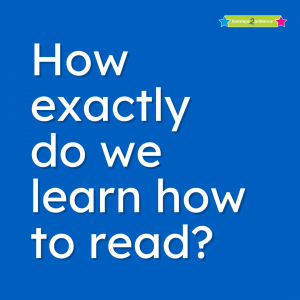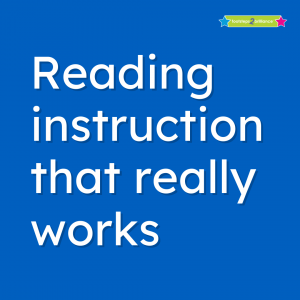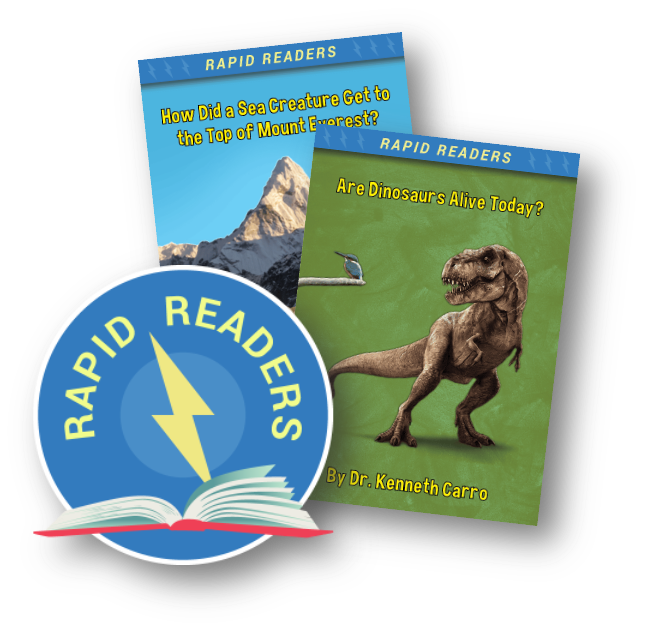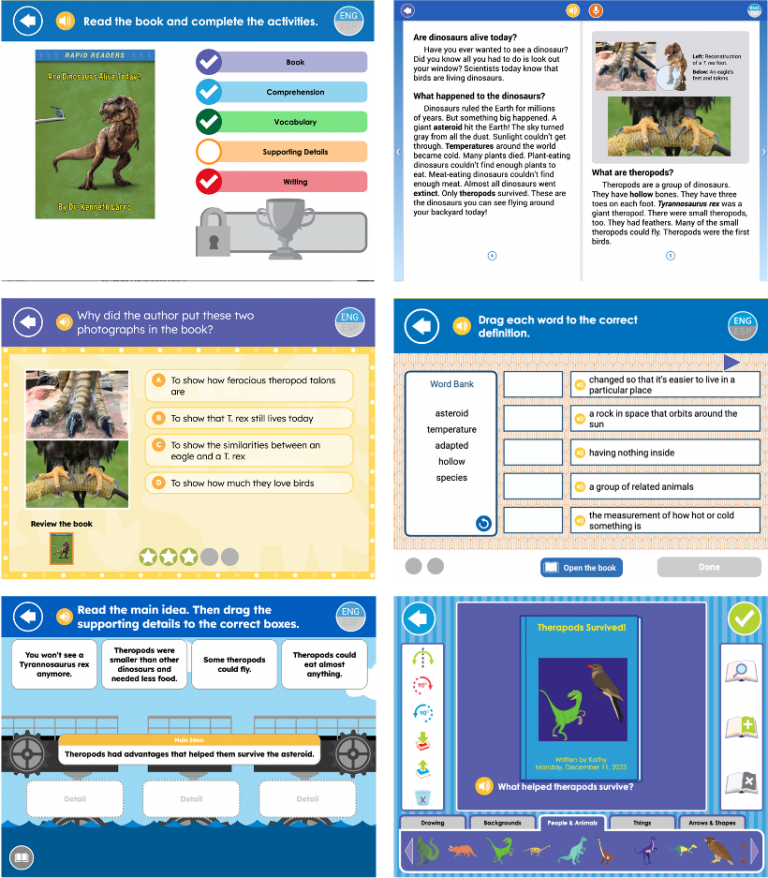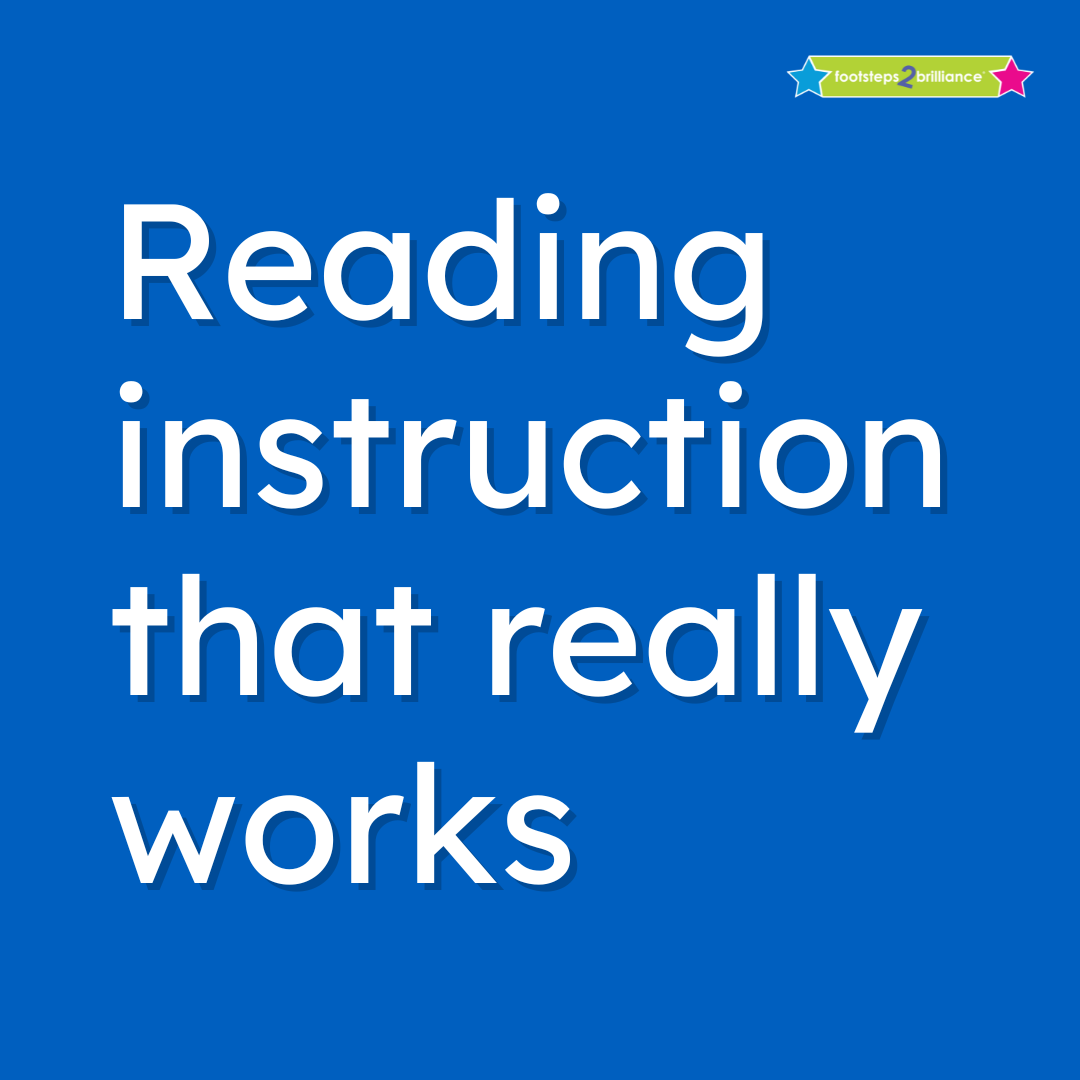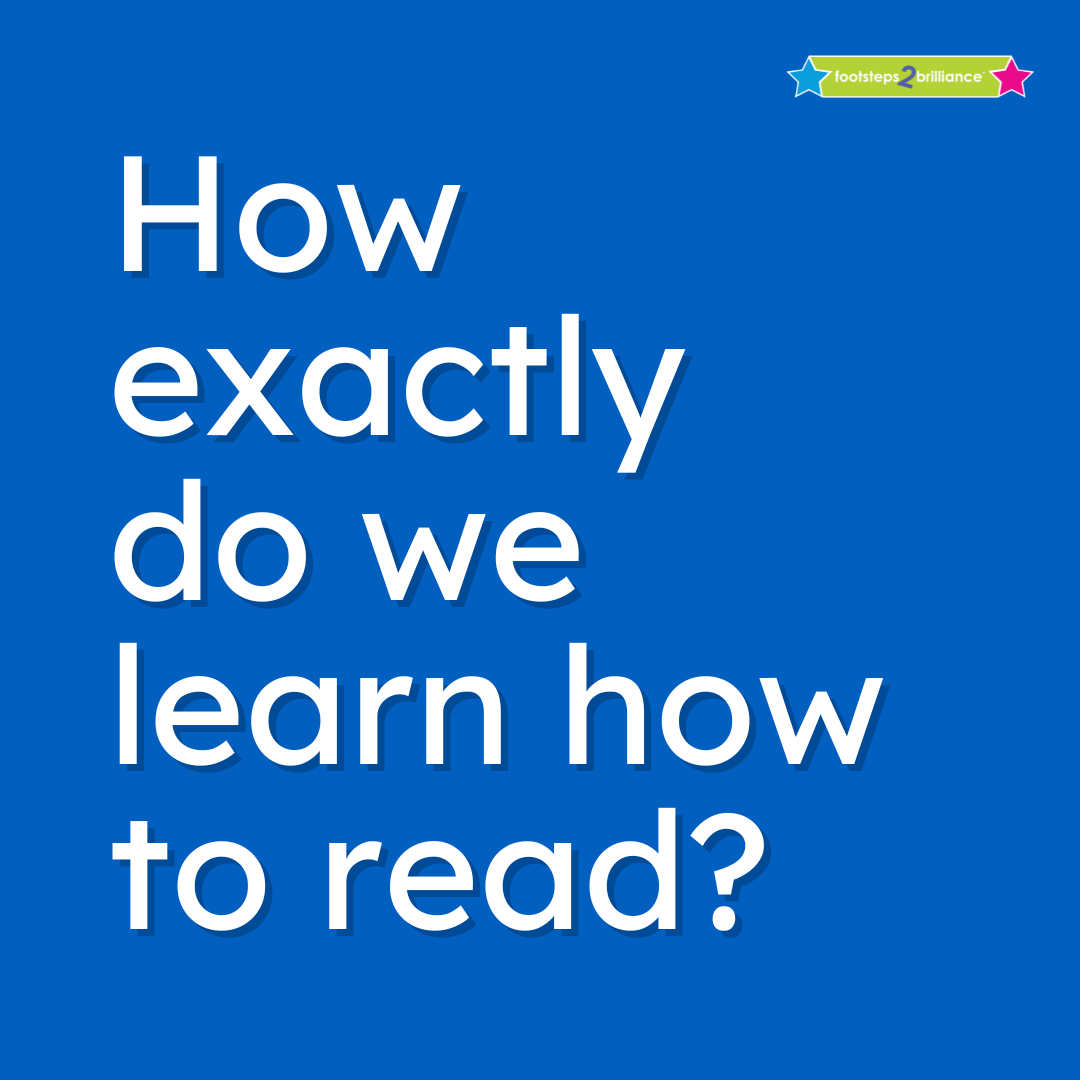
by Mark Wojciechowski
As a new middle school teacher, my initial challenge was managing three consecutive double-block combo classes a day. My task was to keep the lively sixth, seventh, and eighth graders engaged for nearly two hours without any breaks. Thankfully, I had the guidance of a brilliant mentor who crafted lesson plans that skillfully integrated social studies standards with both fiction and nonfiction literature. It quickly became apparent that my students were more enthralled by the language arts segments than the history lessons. While one might attribute their enthusiasm to my delivery and a personal affinity for language arts, my passion lies in social science. Nonetheless, storytelling — or narrative learning — emerged as the most captivating aspect of class, becoming a favorite among my students during our extended class periods.
Humans have an inherent fondness for stories. Narratives provide a meaningful and memorable context that helps interpret facts and figures. This tradition, ranging from ancient parables and fables to contemporary case studies, has long been a powerful method to understand the world across cultures. By incorporating storytelling in teaching, we not only capture students’ imaginations but also reflect the way people naturally construct meaning in their daily lives.




